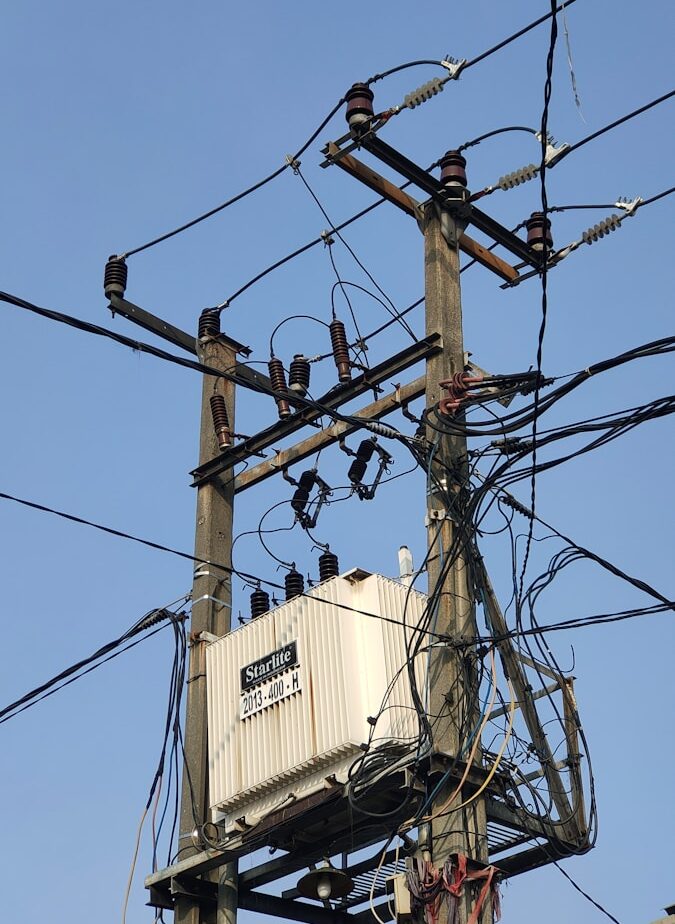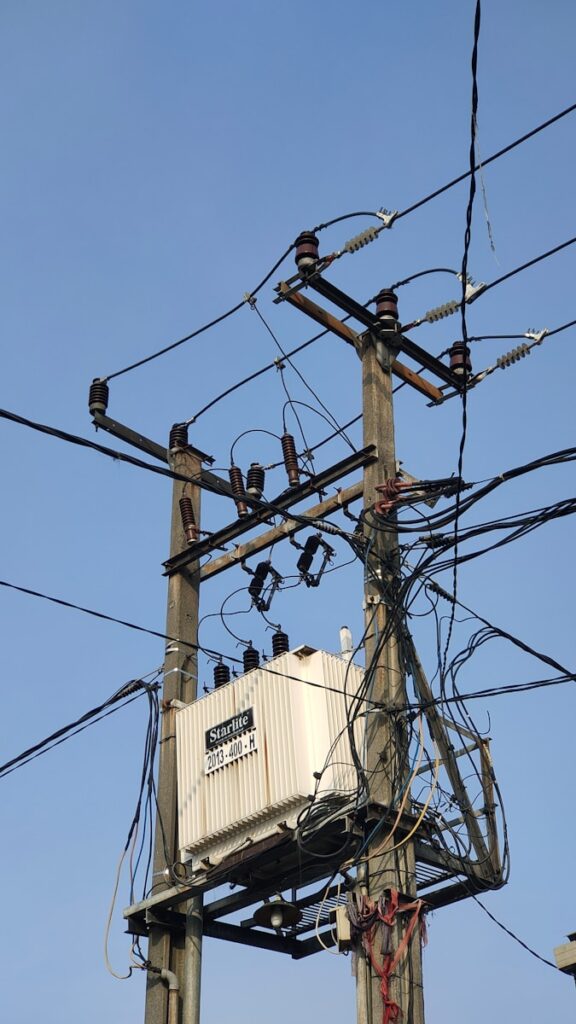What causes electric rate increases?
Branko Terzic

The answer to this seemingly simple question involves some moving parts and is not complicated if we take it piece by piece. I will attempt to do so here.
Electric rates in the U.S. are set by state regulators based on a regulatory-approved estimate of an annual cost-of-service. This annual cost of service is called the annual revenue requirement. This approach acknowledges that the costs of supplying all the electricity that is produced and sold annually must be covered by the revenues obtained by the utility each year. There are four cost categories in the annual revenue requirement equation:
$ Operating & Maintenance Expense
+ $ Depreciation expense
+ $ Taxes
+ $ Return
= Annual Revenue Requirement
The rates to the customer classes (most typically arranged as residential, commercial and industrial customers) are in turn a function of a process between the utility and the regulator of dividing up (“allocating”) the annual revenue requirement among each customer class. This is further allocated by the capacity required (in kW) and energy consumption made (kWh) attributable to each customer class.
Let’s take a closer look at each of the cost categories in the equation above and see how changes during the year in each can affect the overall annual revenue requirement.
Increasing O&M expenses
Labor contract increases, inflation in materials and supplies, higher transportation fuel costs, higher cybersecurity expenses, administrative costs, and so on can lead to increases in O&M costs. As an example, the restoration of electricity service following storms or wildfires may require unexpectedly large expenditures for new materials and the skilled labor crews to rebuild destroyed sections of the grid in one year, and that would get rolled into the annual revenue requirement for that year.
If the utility has generation assets, then the fuel cost is included in the O&M. Fuel costs can change from year to year, sometimes higher, sometimes lower. Increasing fuel costs increase revenue requirements.
Increasing Depreciation expense
Annual depreciation expense is a function of the annual depreciation rate (% / year) times the investment / rate base (utility plant in service). The depreciation rate is based on estimates of expected future useful life (years) of utility plant, and the cost of removal and salvage. Although historically we may have been used to service lives of poles, wires, power plants, etc. measured in decades, now shorter service lives with new investments required will recognize technological obsolescence, which increases the depreciation rate.
Investment increases in rate base enter the annual revenue requirement in the form of higher depreciation expense.
Increasing taxes
A utility is an “efficient” tax collector in the eyes of municipalities and state governments, because most citizens want to keep their electricity service turned on, and will pay their bills. Taking advantage of this fact, the utility pays property taxes, sales taxes, various income taxes, and a variety of other policy-imposed assessments that are collected from the utility’s bill to its customers. For ease of discussion, we can lump all taxes and political assessments together as “taxes” and recognize that increases in taxes are a pass through and increase the utility’s annual revenue requirement.
Increasing return required
The “return” is a function of the rate of return “ROR” (weighted average cost of capital) times the rate base (regulatory approved plant-in-service). The ROR includes return on equity “ROE” and debt costs.
$ Annual Return = ROR (% / yr) x $ Rate Base
Increases in rate base and increases in the ROR required by capital markets can increase the annual revenue requirement.
Sales Volumes Effects
If the new investment made by a utility result from the regulatory obligation to serve new customers being added to the system, there is a possibility that the new revenue from increased sales volumes to these new customers may cover the higher revenue requirement created by the new investment.
However, if revenue from new customers does not cover the costs of new utility investment, then rates for all customers may be increased. The regulator could make a finding that new investment benefited all customers.
Conversely, should the number of customers decrease, and the sales volumes decline, without commensurate decline in revenue requirements, the electricity rates may need to increase to remaining customers.
If the regulator finds that there are decreasing customer capacity and energy requirements, the regulator may also identify “excess capacity” in the rate base which is no longer “used and useful.” Those assets could be removed from the rate base and thus reduce the recorded amount of utility plant in service that is allowed in the rate base calculation.
A Final Word
Electricity utility rates are set prospectively and stay in effect until changed. The rates frequently stay in effect for years.
However, the costs in the annual revenue requirement were based on estimates also, and as time goes by real costs and revenues will vary after the utility’s rates were set, due to actual sales volumes, future investments and real changes of costs in each category.
The Honorable Branko Terzic is a former Commissioner on the U.S. Federal Energy Regulatory Commission and State of Wisconsin Public Service Commission, in addition to energy industry experience was a US Army Reserve Foreign Area Officer ( FAO) for Eastern Europe (1979-1990). He hold a BS Engineering and honorary Doctor of Sciences in Engineering (h.c.) both from the University of Wisconsin- Milwaukee.
#BrankoTerzic #energy #regulations #experience #research #future #opportunity #strategy #management #people #electricity #power #utilities #renewables #RenewableEnergy #energysector #powergeneration #energyindustry #powergrid #power #electrical #electricalgrid #solarenergy #engineering #powerlines #powerdistribution #substation #powerplant #powersystems #electricalengineering #cleanenergy #powersector

